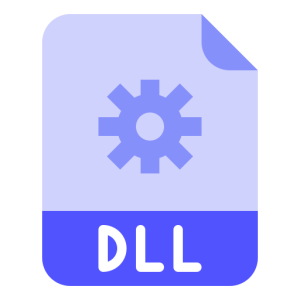Description
SYSTEM.NET.HTTP.DLL
SYSTEM.NET.HTTP.DLL is a dynamic link library (DLL) file that is a part of the .NET Framework, specifically the System.Net.Http namespace. It provides classes and functionalities for sending HTTP requests and receiving HTTP responses in .NET applications. The DLL allows developers to build web-related functionality into their applications and interact with web servers using the HTTP protocol.
This library serves as a crucial component for applications that require communication with web servers, accessing web services, or consuming RESTful APIs. It provides a wide range of classes and methods that simplify the process of making HTTP requests, handling responses, and performing various operations related to web communication.
Purpose and Functionality
SYSTEM.NET.HTTP.DLL offers a comprehensive set of features and functionalities for web-related tasks. Some of its main purposes and functionalities include:
- HTTP Request Sending: The DLL enables applications to send HTTP requests to web servers using various methods such as GET, POST, PUT, DELETE, etc. It provides classes like HttpClient and HttpRequestMessage to handle request creation, headers, content, and more.
- Response Handling: The DLL provides classes like HttpResponseMessage to handle HTTP responses received from web servers. It allows developers to access response status codes, headers, and content, and perform actions based on the response received.
- Authentication and Security: It includes support for various authentication protocols like Basic Authentication, Digest Authentication, and OAuth. It also supports SSL/TLS for secure communication with web servers.
- Cookie and Session Management: The library offers utilities to handle cookies and manage sessions during HTTP communication, allowing applications to maintain stateful interactions with web servers.
Common Use Cases
SYSTEM.NET.HTTP.DLL is widely used by developers in various scenarios involving web communication. Some common use cases include:
- Web Services Consumption: Developers utilize the DLL to consume web services and APIs by making HTTP requests and handling the responses received. This includes scenarios like retrieving data from RESTful APIs or submitting data to web servers.
- Network Communication: Applications that require network communication, such as downloading files from web servers, uploading files, or interacting with cloud services, can rely on the DLL to handle the HTTP-related functionality.
- Automated Testing: The DLL is commonly used in automated testing scenarios to simulate HTTP requests and verify the responses received. It allows developers to perform integration testing of web APIs or test the functionality of web applications.

